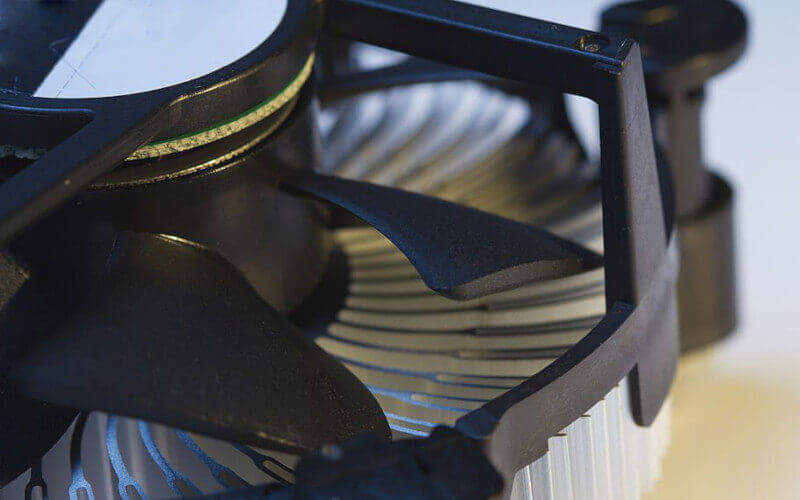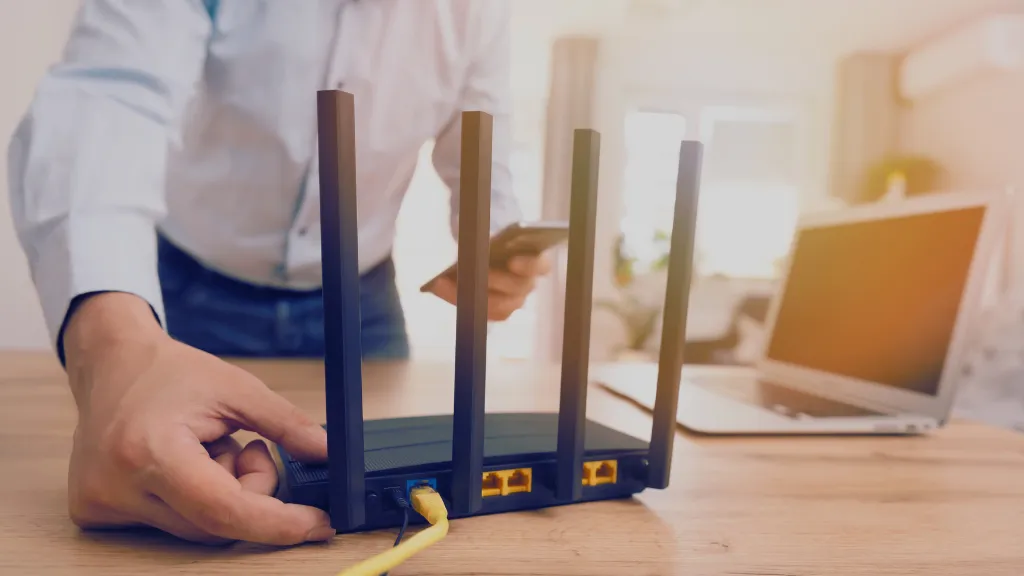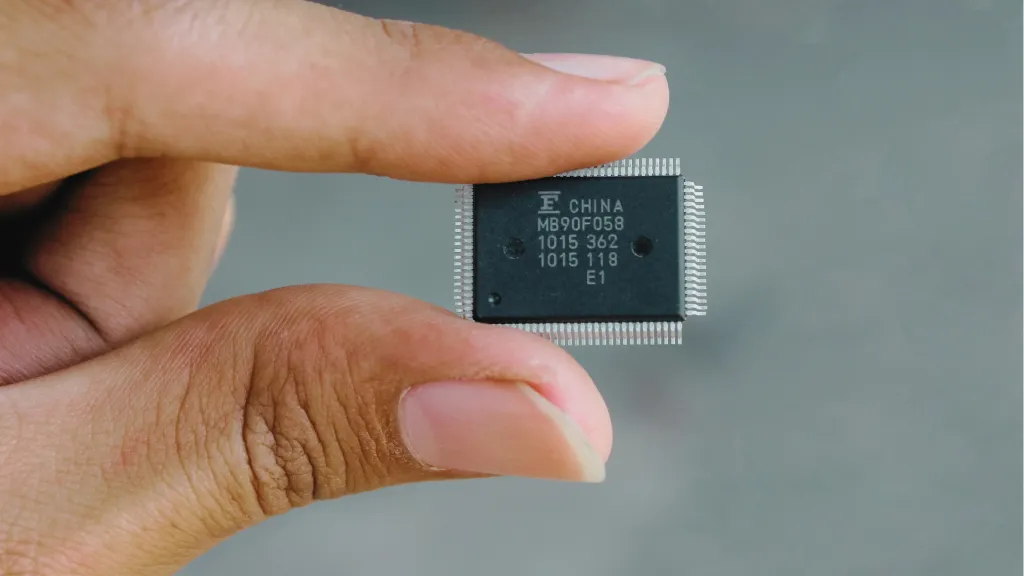As a PC enthusiast, one of the most common questions I get asked is, “how many fans should a PC have?”
The answer to this question is not as straightforward as you might think, as it depends on various factors, including the size and layout of your case, the components you have installed, and even your personal preferences.
In this article, I’ll break down the types of fans, and how many of you should consider for your build.
Types of PC Fans
Before we dive into how many fans you should have, it’s important to understand the different types of fans available for PC builds.
The most common types are:
- Case fans: These are the fans you typically see mounted in the front, top, and rear of a PC case. They are responsible for moving air in and out of the case, helping to keep the internal components cool.
- CPU Cooler fans: These fans are specifically designed to cool the CPU and are typically mounted on top of a CPU cooler. They are often larger and more powerful than case fans.
- GPU Cooler fans: Similar to CPU cooler fans, these fans are designed to cool the GPU. They are typically mounted on top of a GPU cooler.
It’s also worth noting that there are different types of fan bearings, such as sleeve and ball bearings. Sleeve bearings have a shorter lifespan than ball bearings but are less expensive.
How Many Case Fans Should You Have?
Regarding case fans, the general rule of thumb is to have at least one intake fan in the front of the case and one exhaust fan in the rear. This will create positive pressure inside the case, which helps to push dust and other particles out of the case.
However, depending on the size and layout of your case, you may need more fans. For example, if you have a larger case with a lot of internal space, you may consider adding additional intake fans in the front and top.
This will help to bring in more cool air to keep your components cool. On the other hand, if you have a smaller case with less internal space, you may want to consider using fewer fans to avoid creating too much positive pressure.
It’s also worth considering the noise level of your fans. High-quality fans with a lower noise level will be less distracting during use.
How Many CPU Cooler Fans Should You Have?
When it comes to CPU cooler fans, the general rule of thumb is to use the fans that come with your CPU cooler. These fans are specifically designed to work with the cooler and will typically provide the best performance.
For optimized cooling, you can opt to add additional fans. If you have a high-end CPU that runs hot and wants to improve cooling, you may consider adding a second fan to your CPU cooler.
Enhancing the airflow over your CPU will ensure a cooler temperature and enhanced performance.
How Many GPU Cooler Fans Should You Have?
It’s typically recommended to stick with pre-installed fans when selecting a GPU cooler fan. These fans are specifically designed to work with the cooler and will typically provide the best performance.
If you want to maximize your cooling power, consider adding additional fans for enhanced performance. If you have a high-end GPU that runs hot and want to improve cooling, you may consider adding a second fan to your GPU cooler.
By boosting the airflow around the GPU, we can maintain it at a cooler temperature and maximize its efficiency.
Related: How to Fix CPU Fan Error
Factors to Consider When Choosing Fans
When choosing fans for your PC build, there are a few key factors you should consider:
- Size: The size of the fan will determine how much airflow it can move. Generally speaking, larger fans can move more air than smaller ones, but they may also be louder.
- RPM: A fan’s rotation per minute (RPM) determines how fast it spins. The faster a fan spins, the more air it can move. However, faster-spinning fans can also be louder.
- CFM: The cubic feet per minute (CFM) measure the airflow a fan can move. A higher CFM rating means the fan can move more air.
- Noise Level: The noise level of a fan is measured in decibels (dB). The higher the dB rating, the louder the fan will be.
- Bearing Type: The type of fan bearing can affect the lifespan and noise level of the fan. Ball bearings have a longer lifespan and lower noise than sleeve bearings.
- LED lighting: Some fans come with built-in LED lighting, which can add a cool aesthetic to your build.
What Size Fan Should You Go With?
Once you’ve considered all these factors and gathered information about each component’s cooling needs, it’s time to decide which fan size is right for your setup.
This is generally dependent on several things, including:
- Case Size: Smaller cases like mITX or mATX typically require 120mm or 140mm sized fans. In comparison, bigger tower cases may benefit from 180mm or 200mm ones depending on their internal capacity and the amount of radiators inside them.
- Airflow Requirements: Make sure that each component has an adequate airflow rate (measured in CFM), depending on how much heat it generates under load scenarios; a higher airflow rate means faster cooling and louder operation due to increased rotation speed/noise emissions.
- Noise Level Limitation: If you’re building a silent rig, go for low-noise 120mm or 140mm ones, but make sure they don’t generate too much static pressure against the heatsink fins.
How to Position Your Fans?
The position of your fans can also play a big role in the overall cooling performance of your build.
Here are a few tips on how to position your fans:
- Front intake: Positioning a front intake fan will bring cool air to the case, which can help to keep your components cool.
- Top exhaust: Positioning a top exhaust fan can help to remove hot air from the case, which can help to keep your components cool.
- Rear exhaust: Positioning a rear exhaust fan can help remove hot air from the case, but it also helps to maintain positive pressure inside the case.
It’s also worth noting that the placement of your components inside the case can affect the airflow. For example, if you have your GPU right next to the front intake fan, it will help to cool the GPU more effectively.
Conclusion
When figuring out how many fans you should have in your PC build, there is no one-size-fits-all answer. The number of fans you should have depends on various factors, including the size and layout of your case, the components you have installed, and even your personal preferences.
As a general rule of thumb, you should have at least one intake fan in the front and one exhaust fan in the rear to create positive pressure and help keep dust and other particles out of the case. For CPU and GPU cooling, it’s best to use the fans that come with the coolers, but additional fans can be added for improved cooling.
When choosing fans for your build, it’s important to consider the noise level and fan bearings. High-quality fans with lower noise and ball bearings will provide the best performance and lifespan.
Determining the number of fans you need for your PC build takes careful consideration and experimentation. By following the guidelines in this article, you’ll be well on your way to achieving the perfect balance of cooling and noise level for your build.






